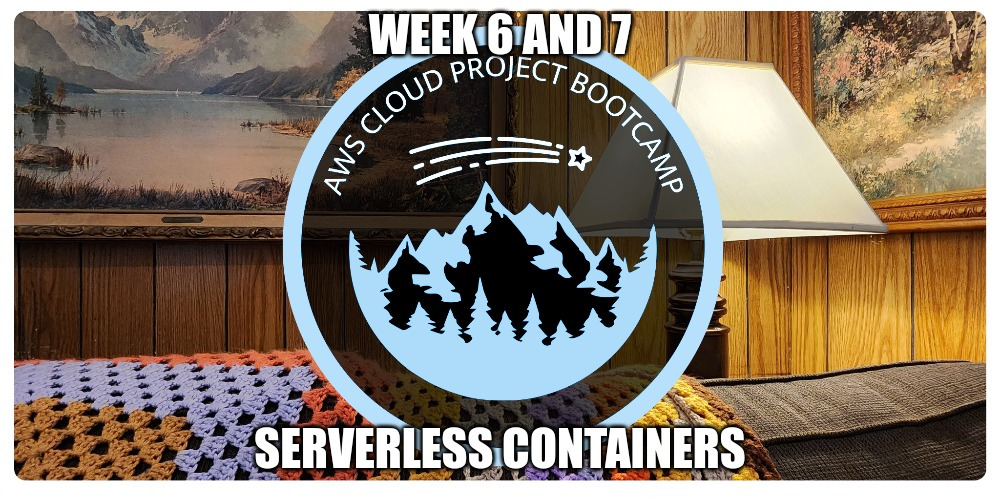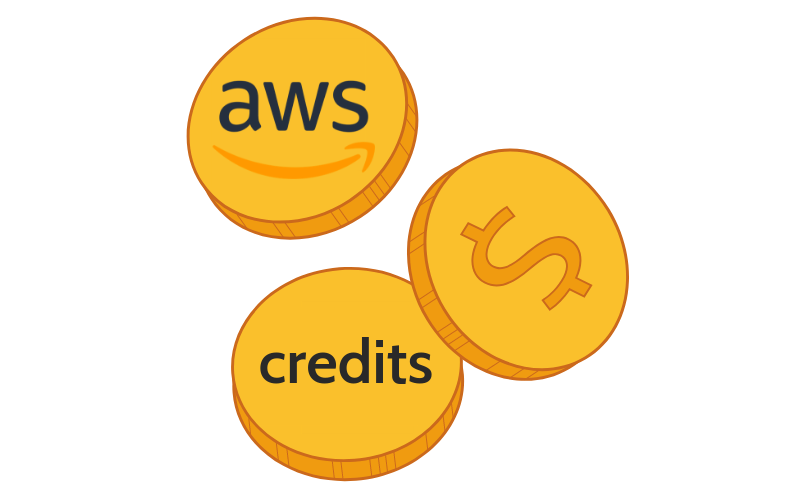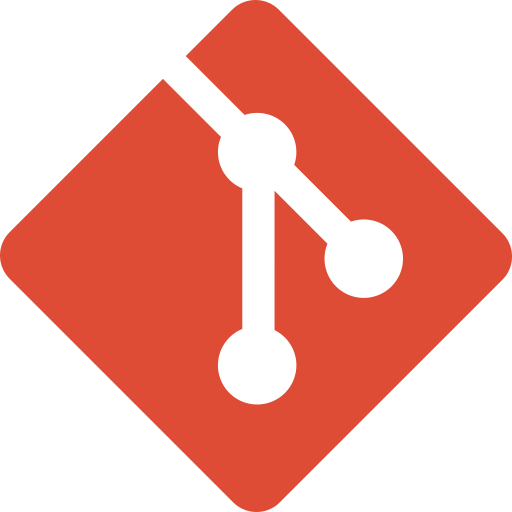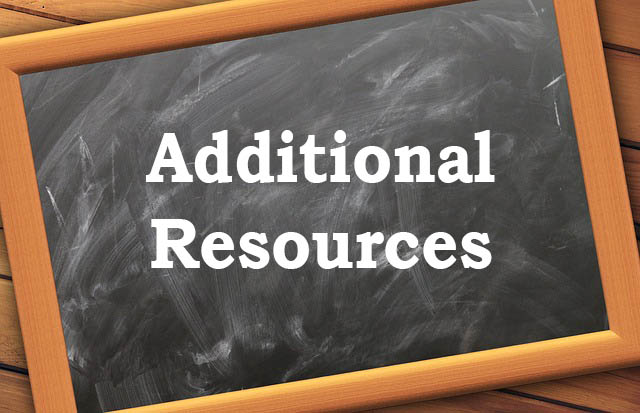
Introduction
We’re finally past what was considered the hardest part of the Free AWS Cloud Project Bootcamp – DynamoDB. Andrew did a poll on Twitter and LinkedIn, and DynamoDB was definitely the most voted for:
In case you didn’t see it, and you need a bit of motivation, here’s an inspirational video from Andrew congratulating the bootcampers for making it past the halfway point:
So definitely keep on plugging away! Also, there has also been some talk about giving more of a grace period at the end of the bootcamp for students to catch up at the end, so don’t get discouraged, and keep working at your own pace!

This article is intended to help direct you to all of the resources you should review as you go through the homework assignments. I will not be going through step-by-step how to complete the homework, as the methods will differ for each member, and it’s up to you to complete the assignments. I may post some tips or recommended steps if there are frequent questions or difficulties mentioned, and only if I have time during the week after completing my own homework.
Disclaimer: I am not part of the bootcamp planning or management team – I’m just a participant like you! Nothing I publish should be considered official. Be sure to refer to the official documents whenever possible, as things are frequently being added and changed.
Summary
Week 6 and 7 are being combined into one week on Serverless Containers and all the content is being out put in front so you can work at your own pace. Mainly we’ll be working with Amazon Elastic Container Service (ECS) and Amazon Elastic Container Registry (ECR). We will be deploying our application containers as serverless containers using AWS Fargate.
Before You Start

Be sure you’ve completed all the required homework steps for Week 5. Each week builds off the previous one, so you need to have all the tasks finished to progress. If you’re not sure of what needs to be done, check the Student Portal > Submissions > Week 5 page and review the tasks. You can also check out my previous Week 5 – Unofficial Homework Guide article for more details.
Week 6 and 7 Viewing Material
- YouTube – Official Playlist
- YouTube – Week 6 – Live Streamed Video – Deploying Containers
- YouTube – Week 7 – Live Streamed Video – Deploying Containers (Part 2)
- YouTube – Week 6 and 7 – ECS Fargate (Part 1)
- YouTube – Week 6 and 7 – ECS (Part 2)
- YouTube – Week 6 and 7 – Securing Flask (Part 1)
- YouTube – Week 6 and 7 – Securing Flask (Part 2)
- YouTube – Week 6 and 7 – Further Investigation into Werkzeug
- YouTube – Week 6 and 7 – Fixing Messaging In Production
- YouTube – Week 6 and 7 – Implementing Refresh Token In Cognito
- YouTube – Week 6 and 7 – Fargate – Configuring for Container Insights
- YouTube – Week 6 and 7 – Fargate Technical Questions with Maish (TBD)
- YouTube – Week 6 and 7 – Security Considerations – Amazon ECS Best Practices
- YouTube – Week 6 and 7 – Spend Considerations – TBD
Required Homework Details

There are quite a large number of smaller tasks which are all outlined in the checklist for Week 6 and 7 in the Student Portal. I would recommend reviewing your checklist and organizing your journal around the individual items as you complete them.
Stretch Homework Details

There are no posted homework challenges for these weeks, and it seems many of the students are taking this time to catch up. You’re free to create your own stretch tasks, which you can perform and document.
AWS Spend Considerations and AWS Credits

Now that we’re making more use of AWS services rather than relying on our development environment, make sure your AWS budgets and alarms are set up, and keep an eye on your AWS monthly spend.
Be aware that there is no free tier for AWS Fargate. If you are low on AWS credits and will need some for the AWS Fargate usage, Andrew has put up a form where you can request some AWS credits, as the Fargate team has provided us some.
There is no additional cost for running Amazon ECS – you pay for AWS resources (for example, Amazon Elastic Cloud Compute [Amazon EC2] instances or Amazon Elastic Block Store [Amazon EBS] volumes) you create to store and run your application. You should consider turning off any EC2 instances when you’re not using them, to reduce your compute hours, as you only get 750/month in the Free Tier.
You can also temporarily turn off an Amazon RDS DB instance, which will reduce compute hour usage from this pool.
Github Journalling and Tagging Suggestions

From the livestream today, it was suggested to combine all of the Week 6 and Week 7 journal notes into one of of the journal pages (either Week 6 or Week 7). You can then just add a reference/link in the other week to the one that has all of the content.
It was also mentioned a few weeks ago that it is beneficial to tag your commits for the appropriate week in Git. This allows for Andrew to review the activity for the week’s a bit easier by tag, showing consistent activity; instead of one large push.
If you haven’t been tagging your Github commits, you can go back and do so. If you go to your Cruddur Github repository, there is an icon in the top right that has the commit history:

One you are viewing the commit history, you’ll see a copy icon next to the commit hash:

There is a short version and a long version of the hash, and the long version will get copied to your clipboard.
Once you have the commit hash you want to tag, in your terminal type the following:
git tag -a weekx <commit hash> -m "Week X - Commit Tag Comment"
git push --tagsYou can view all of the tags in Github on the main repository page next to the branch dropdown:

If you want to review all of the commits with tags in command line, for an easy way to view, you can run:
git log --onelineAdditional Resources

Videos:
- YouTube – ExamPro – Introduction to ECS
- YouTube – ExamPro – Introduction to Fargate
- YouTube – ExamPro – Fargate Cheat Sheet
Documentation:
![]()